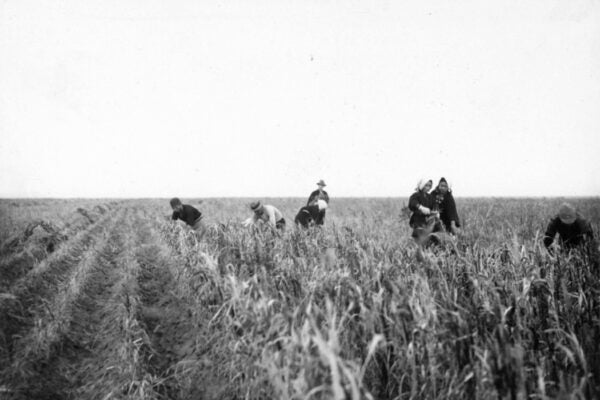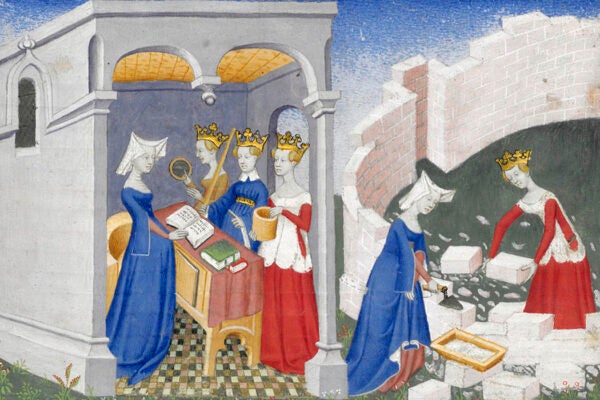Each December 5th, America celebrates the repeal of Prohibition, which banned the manufacture and sale of drinking alcohol in America from 1920 to 1933. It’s easy to think of the passing of the Eighteenth Amendment as a paradigmatic example of reactionary forces demanding moral obeisance. However, such a linear view of history may be all too narrow, as Ian Tyrell, writing in the Australasian Review of American Studies, reminds us.
One of the major groups behind the temperance movement, the Women’s Christian Temperance Union, was “long ignored or ridiculed as a fossil of prohibition.” But recent scholarship has come to appreciate the more progressive—even feminist—side of temperance work. Scholars like Ruth Bordin recognize that the temperance movement—whose goals included improving the lives of women whose drunken husbands were driven to abuse—as “the foremost example of American feminism.”
Indeed, many women’s rights activists came to the movement through participation in the temperance crusade (among them Susan B. Anthony and Elizabeth Cady Stanton). The temperance movement, in fact, gave women the opportunity to be engaged in public political life for the first time. As Jed Dannenbaum, writing in The Journal of Social History, put it:
Gradually [women] won their demands for greater participation. As male temperance reformers began to suffer defeats in the campaign for state prohibition laws, they found that the movement needed all the loyal supporters it could get. By mid-1850’s, it was common for women to address public temperance gatherings. When the old fraternal orders were slow to admit women to full membership, new temperance organizations sprang up at the local level that did not discriminate on the basis of sex.
In pursuit of temperance, too, women came to invade even that most sacred of male spaces: the saloon. Dannenbaum recounts how throughout the mid-nineteenth century, groups of women activists would enter saloon spaces and “physically destroy” them. In Illinois, “about fifteen women…approached [a] saloon and asked its keeper to close down.” When he refused, the women “brandished their hatchets.” The owner then fetched a shotgun, aimed it at them, and ordered them out. As they left the cellar, a group of “gentlemen who had been attracted by the cry of the ladies” disarmed the owner, and allowed the women to resume their efforts, and demolished the town’s other two remaining saloons “amid the cheers and plaudits of the assembled multitude.” The women, “regret[ted] the necessity which led to these acts of violence but [the act] appealed to the virtuous and the good everywhere.”
While prohibition laws were not successfully passed until much later, the temperance movement itself was nevertheless indebted to the radical activism of the WTCU and its ilk.
Once a Week
This feminism was, of course, white and middle-class: concerned with the experience of the kind of women who belonged easily to that domestic sphere they sought to protect. One could argue, too, that the results of Prohibition—opposite-sexes mixing in speakeasies—perhaps did more to end the male-only drinking culture of the “saloon” than the temperance movement ever did.
When we celebrate our ability to drink freely in America, we should raise a glass to the women whose temperance activism was, at its core, not a call for repression but rather a demand for liberation.







